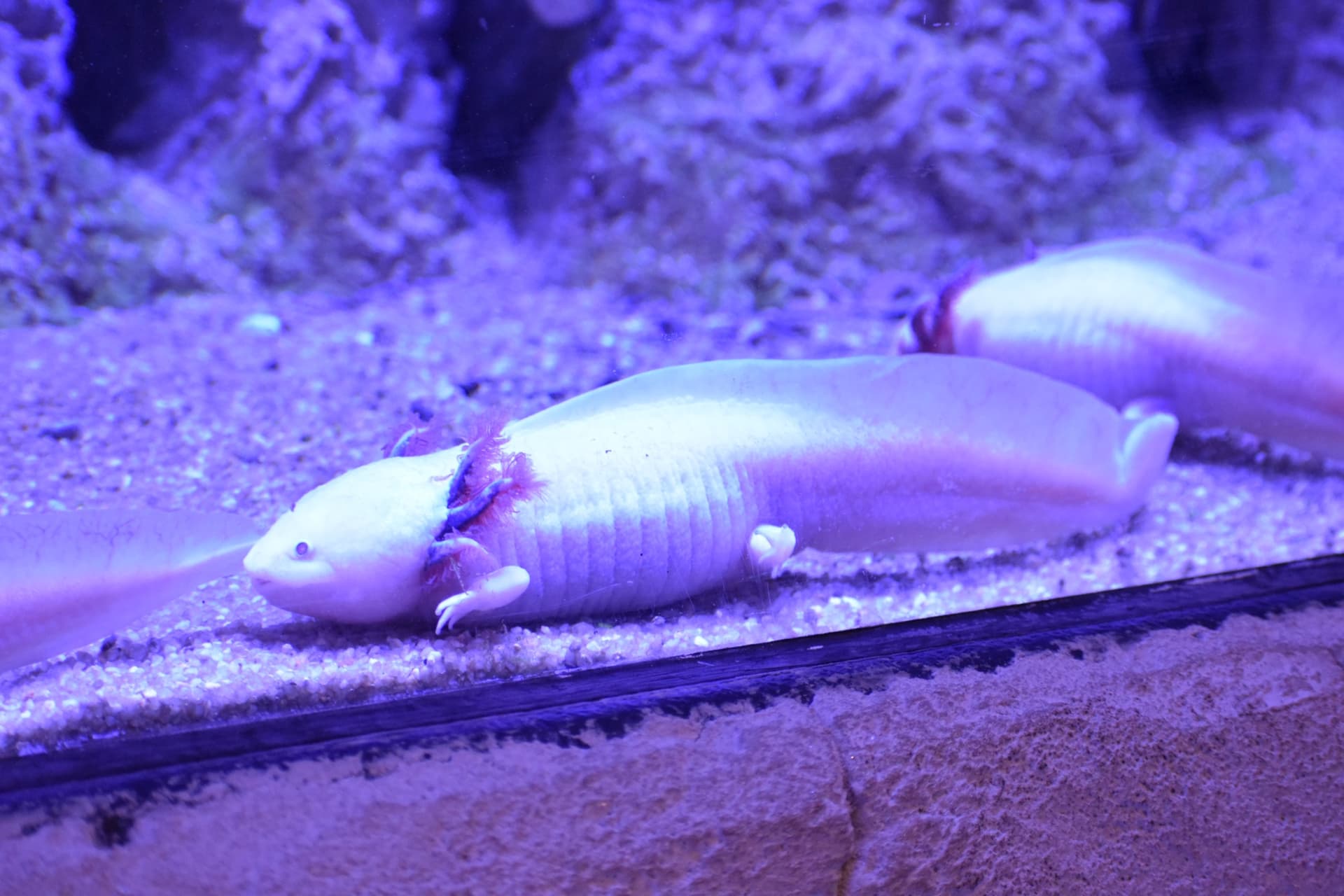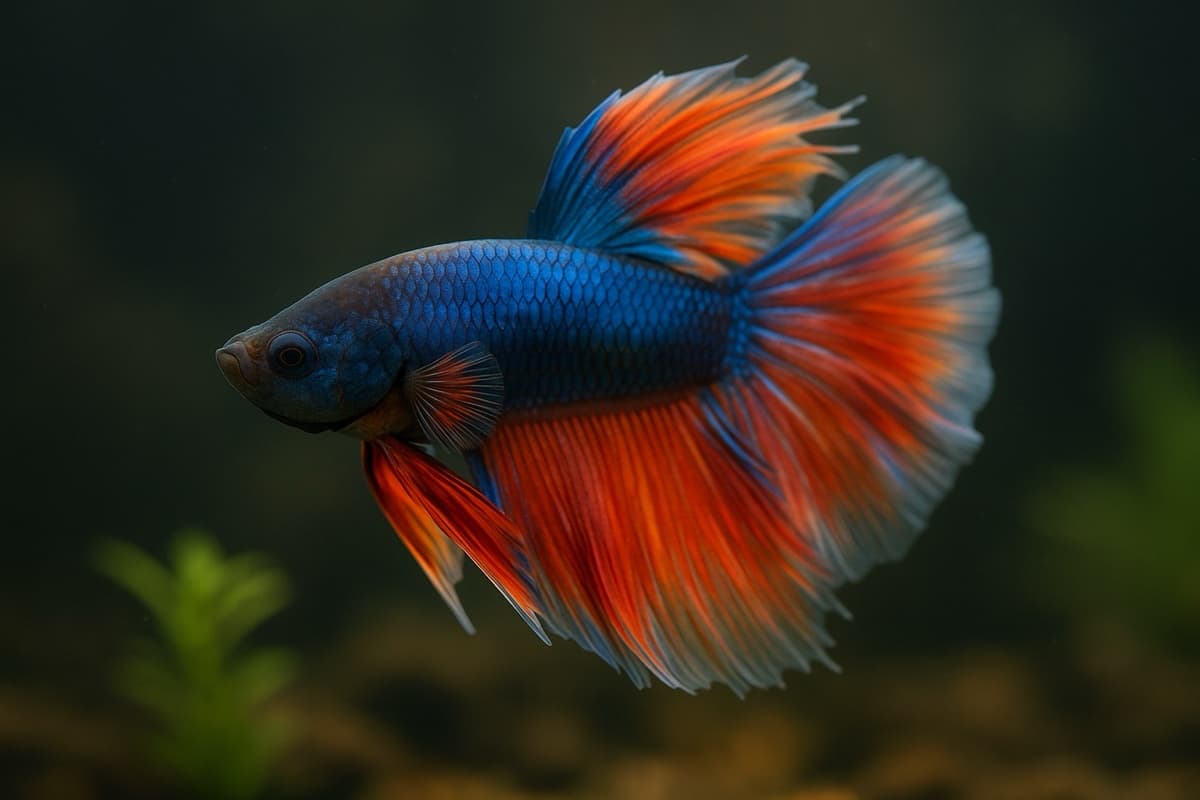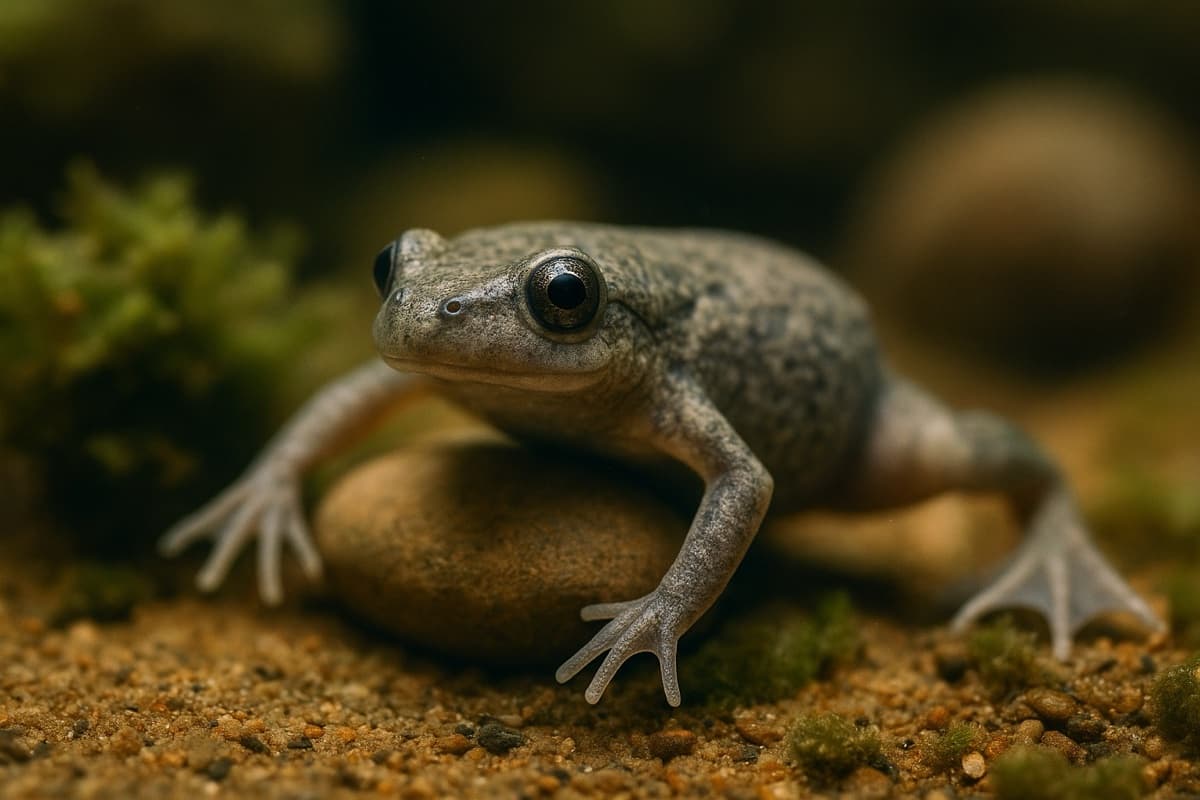
Axolotl
Ambystoma mexicanum
Mystical, smiling salamanders with regenerative powers—fascinating aquatic pets for UK keepers.
Essential Care Requirements
Temperature
16-18°C (60-64°F) - COOL water essential
Water Quality
pH: 6.5-7.5
Ammonia: 0 ppm
Nitrite: 0 ppm
Diet
carnivore
Space Required
minimum tank: 75 liters (20 gallons) for one
recommended tank: 150+ liters (40+ gallons)
Behavior & Temperament
Temperament
peaceful, curious
Activity
most active during twilight/night
Social Needs
can be kept alone or in groups with sufficient space
Personality
interactive, recognizes owners, can be hand-fed
Health Considerations
Common Health Issues:
- •fungal infections
- •impaction from wrong substrate
- •stress from high temperatures
- •injuries from tank mates
- •poor water quality diseases
Veterinary Care:
specialized aquatic vet when needed
Things to Consider
Advantages
- ✓Fascinating regenerative abilities
- ✓Interactive and intelligent
- ✓Long lifespan
- ✓Unique appearance
- ✓No need for heating
- ✓Can recognize owners
Challenges
- ✗Require cool water (expensive chilling)
- ✗Very sensitive to water quality
- ✗Need live/frozen foods
- ✗Can be injured easily
- ✗Require specialized aquatic veterinary care
- ✗Illegal to release (invasive species risk)

New Keeper?
Get the Exotic Pet Starter Guide — your UK handbook for correct lighting, diet, and care essentials. Make sure you have everything your pet needs to thrive.
UK-Specific Information
Climate
UK summers require cooling systems
Suppliers
Specialist aquatic stores and breeders
Vet Availability
Limited - need aquatic specialists
Legal Status
Legal to keep, illegal to release
Based on UK DEFRA and CITES guidelines.
Ready to Care for a Axolotl?
Find a specialised exotic vet near you for professional advice.
Axolotl Care: Common Questions
Everything you need to know about keeping Axolotl in the UK
Yes, axolotls are legal to keep in the UK without a licence. However, they are critically endangered in the wild (Mexico) and protected under CITES Appendix II. All UK axolotls must be captive-bred—wild-caught import is illegal. When buying, always ask for proof of captive breeding. Releasing axolotls into UK waterways is illegal under the Wildlife and Countryside Act 1981 and Invasive Alien Species regulations. Always buy from reputable UK breeders or specialist aquatic shops.
Axolotls require cool water: 15-18°C (60-64°F) is ideal. Maximum safe temperature is 20°C (68°F)—higher temps cause stress and illness. UK tap water is often too warm in summer, requiring aquarium chillers (£100-£300). Never let temperature exceed 22°C or axolotls can die. Room temperature in UK homes (18-22°C) may be acceptable in winter but too warm in summer. Monitor with an aquarium thermometer. Cooler temperatures slow metabolism and extend lifespan significantly.
Axolotls are carnivores. Best foods: bloodworms, earthworms, brine shrimp, and axolotl pellets (available from UK aquatic shops). Adults eat every 2-3 days. Juveniles eat daily. Feed in the evening when they're most active. Remove uneaten food after 5-10 minutes to prevent water quality issues. Never feed goldfish food—it lacks proper nutrition. Earthworms from pesticide-free gardens are excellent. Frozen bloodworm cubes (available from any UK pet shop) are convenient and affordable.
Minimum 60 litres (15 gallons) for one axolotl, 80-100 litres (20-25 gallons) recommended. Add 40-50 litres per additional axolotl. Tank dimensions matter—longer is better than tall (axolotls are bottom-dwellers). Minimum 75cm long. No gravel substrate (causes impaction)—use fine sand or bare bottom only. Essential equipment: strong filter, chiller (for UK summers), water test kit, hiding spots. Larger tanks = more stable water quality and healthier axolotls.
Axolotls are intermediate-level pets, not recommended for complete beginners. Challenges: require chiller equipment (expensive), sensitive to water quality (weekly water changes essential), cool temperatures difficult to maintain in UK summers, can't be handled (very delicate), specialist diet, and long lifespan (10-15 years). Better suited to aquarists with freshwater fishkeeping experience. However, they're fascinating to watch, relatively low-maintenance once setup is correct, and very rewarding for dedicated keepers. Start with leopard geckos or bearded dragons if new to exotic pets.
Axolotls typically live 10-15 years in captivity with excellent care. Some individuals have lived past 20 years. Lifespan depends heavily on water temperature (cooler = longer life), water quality (pristine conditions essential), and diet. Warm water (>20°C) significantly shortens lifespan. They require a long-term commitment—plan for at least 10-15 years. Common causes of premature death include high temperatures, poor water quality, and impaction from gravel substrate. Regular water testing and temperature monitoring are critical.


